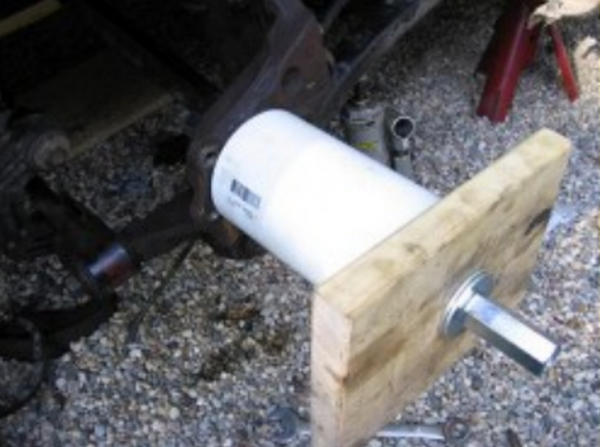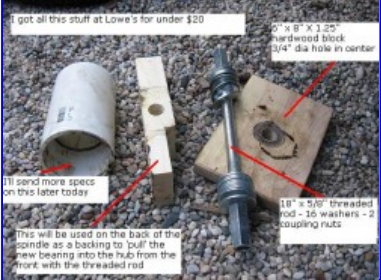[Liam Kennedy] built a wearable space station notifier it’s on Kickstarter, and now the campaign is in its final hours. It’s very cool; doubly so if you don’t have to talk to a crazy lady who doubts the existence of NASA.
[countkillalot] lost a Raspberry Pi. It was in his apartment, and responded to ping, but he couldn’t find it. Turning the Pi into an FM transmitter revealed its location. Relevant bash.org.
If you don’t listen to the Amp Hour podcast, oh man are you in for a treat. This time it’s [Chuck Peddle], father of the 6502, designer of the KIM-1, and someone with at least three hours’ worth of interesting stories.
MakeIt Labs, the Nashua, New Hampshire hackerspace, has done everything right – they have their 501(c)(3), and they’ve been talking to the city about getting a new space. They have the option of moving into a space three times the size as their current one, and it’s cheaper than the current space. They have an indiegogo to raise the renovation funds for the new space. Oh, hackaday.io supports pages for hackerspaces. Just pointing that out.
Speaking of hackerspaces, yours needs this sign.
A 3-DAY DESERT CAMPING AND TECH-FEST WITH BEER. That’s all you need to know about Arduino Day, an event being held next weekend in the Mojave.
Want to hide from the NSA, or whatever governments or corporate interests are listening in on your phone? Stick it in a microwave. [WhiskeyTangoHotel] tested out a Tek RSA306 spectrum analyzer in a microwave, once with the door open, once with the door closed. If you’re exceptionally clever or have access to Wikipedia, you can figure out what frequencies will leak out of a microwave given the size of the holes in the metal mesh.
Here’s a Flintstones toilet paper holder. It would have been a phonograph, but no one could find a cooperative turtle and bird.
It has been brought to our attention that everyone should be aware ucapps.de still exists. If you want something that does everything with MIDI and SID chips, there you go.



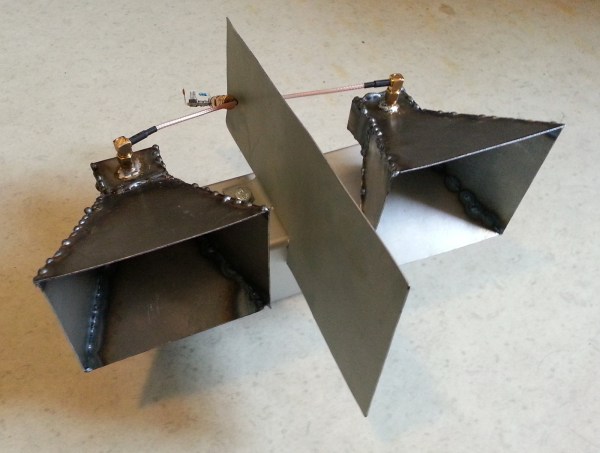
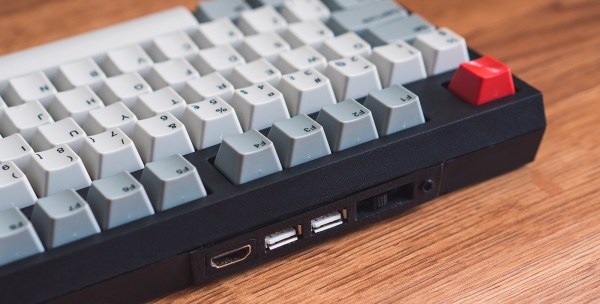
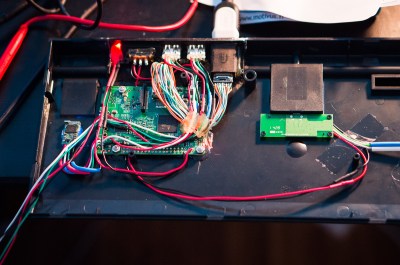 If you are familiar with the Raspberry Pi 2 Model B, you know that all of the connections are not on the same side of the board. The USB, audio, HDMI and Ethernet jacks were removed from the PCB. The Ethernet port is not needed since this hack uses WiFi, but those those other ports were extended and terminated in a custom 3D printed I/O panel . The stock keyboard case had to be cut to fit the new panel which results in a very clean finished look.
If you are familiar with the Raspberry Pi 2 Model B, you know that all of the connections are not on the same side of the board. The USB, audio, HDMI and Ethernet jacks were removed from the PCB. The Ethernet port is not needed since this hack uses WiFi, but those those other ports were extended and terminated in a custom 3D printed I/O panel . The stock keyboard case had to be cut to fit the new panel which results in a very clean finished look.
